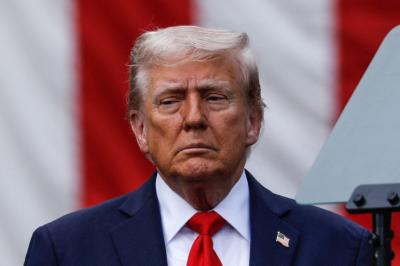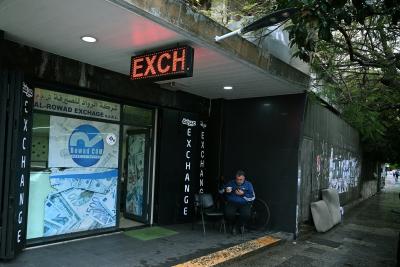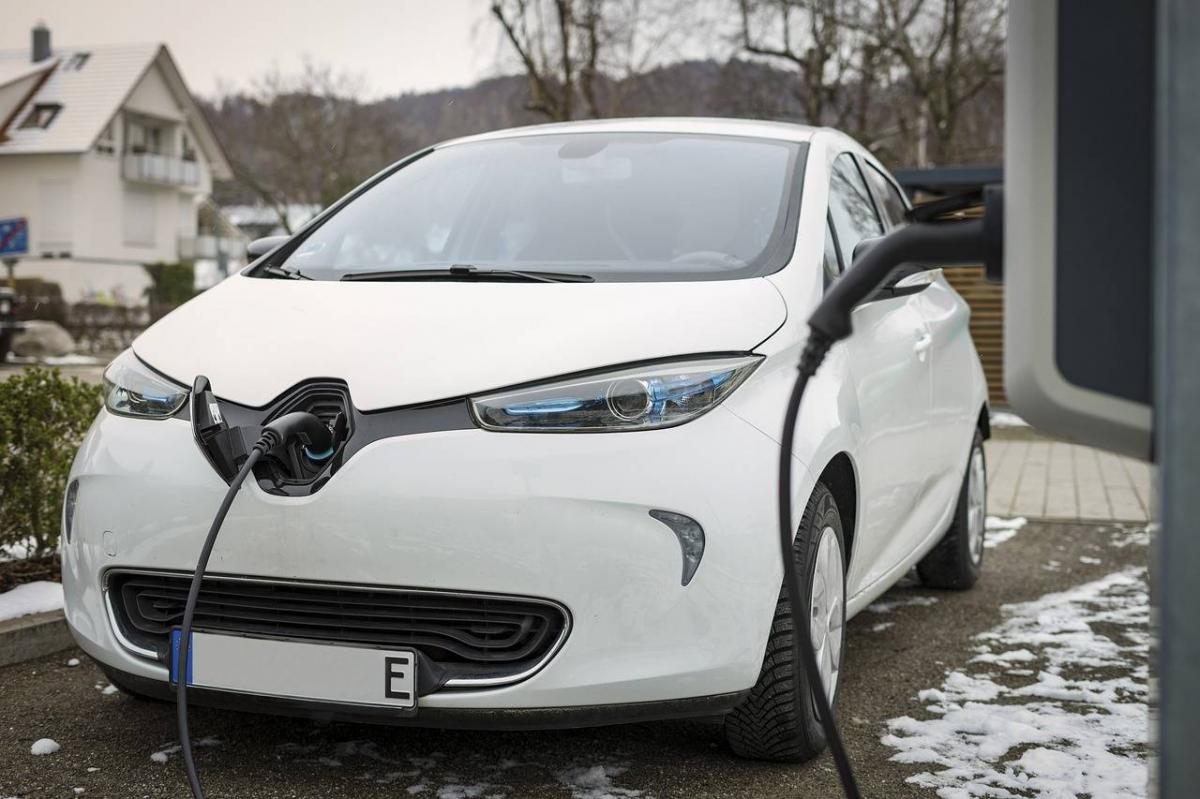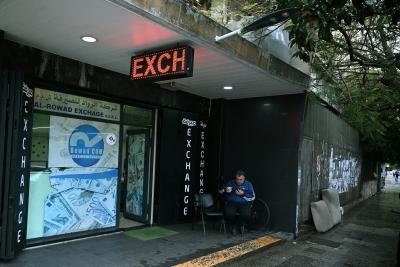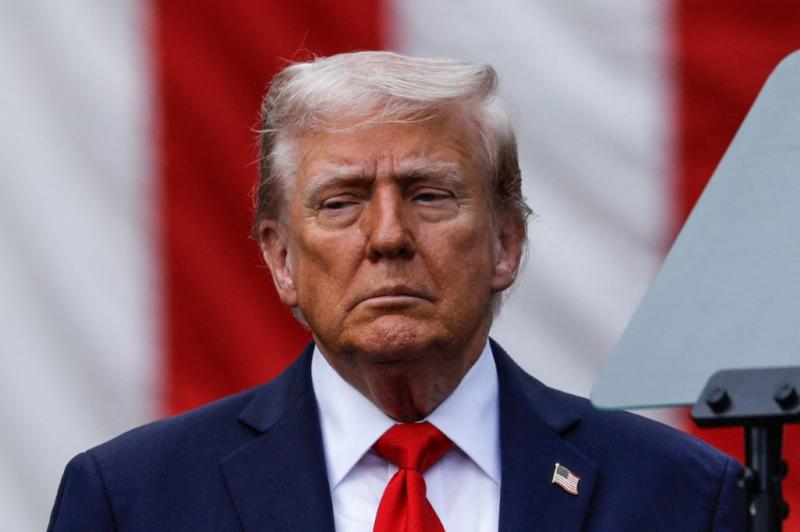The European automotive industry is in full crisis mode. The challenges it faces are immense. In a decade, how many European car brands will remain? Industry leaders on the continent are anxiously pondering this question.
Volkswagen, Europe's largest car manufacturer, is preparing an unprecedented cost-saving plan, which will result in the closure of several factories in Germany—a first in history. The competition from China is extremely fierce. Brussels has finally responded: since July 5th, the European Union has imposed a new tax on Chinese electric vehicles, adding tariffs ranging from 17.4% to 37.6%, on top of the existing 10%. On May 14th, the U.S. also raised tariffs on Chinese electric vehicles to 100%, despite promoting free-market policies.
In Europe, with its open market policies, mistakes and inconsistencies have piled up, often with the blessing of the European Commission. For instance, some European governments have embarked on building “mega factories” for electric car batteries, often in neighboring countries, under the guise of defending national independence—despite relying on Chinese technology and Beijing’s goodwill.
Closures in this sector are likely in the medium term, as competition rages over battery standards and demand struggles to match supply. In August, electric vehicles made up only 12.5% of the European car market, with a 10.8% drop in sales over the past year. In a similar trend, Europe’s photovoltaic sector has seen many companies go bankrupt, also due to intense Chinese competition.
The end of internal combustion engines is scheduled for 2035 in Europe, although Brussels may allow e-fuels, offering a bit of flexibility from the otherwise rigid Von der Leyen. To meet EU CO2 emission targets, European car manufacturers will have to cut production by over 2.5 million vehicles in the next 11 years, leading to reduced revenues, fewer research investments, and more layoffs.
But with the electric vehicle market struggling, how can Europe meet these ambitious goals? Consumers remain unconvinced: prices are still high, and the inconsistency of purchase subsidies is another obstacle. For example, Germany ended such subsidies last December, leading to a drastic drop in sales. Additionally, the slow installation of charging stations, combined with the fact that charging an electric vehicle on highways can be as expensive as filling up with gasoline, poses significant hurdles.
The rush to electric vehicles is not going as planned, while Chinese competitors wait in the wings, ready to capitalize on any market rebound. Brussels has finally begun taxing Chinese competitors, but these new measures could hit European manufacturers even harder. If they fail to comply with EU CO2 emission rules, European automakers face €15 billion in fines.
Caught between fierce Chinese competition, stringent EU regulations, and hesitant consumers, the European automotive sector finds itself in a precarious situation, threatening not just its future but its very survival.
Please post your comments on:
[email protected]
 Politics
Politics


